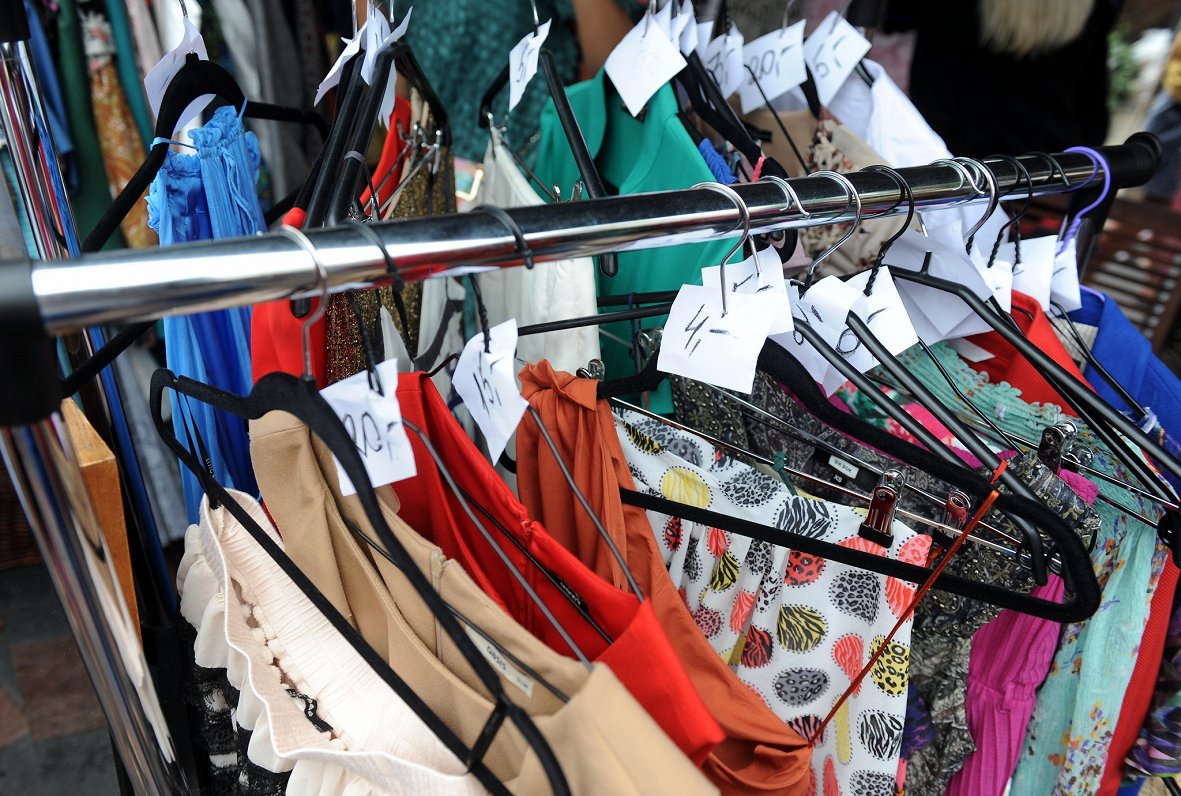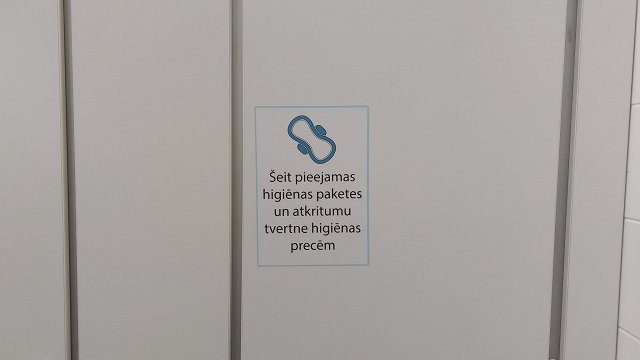The largest losses due to counterfeits are recorded in the toy industry at 8.7%. The figure in Latvia is 7.3%, the Patent Office said, referring to a study of the European Union Intellectual Property Office.
Researchers estimated that in 2018-2021, the apparel industry on average lost nearly €12 bn in revenue a year due to counterfeits accounting for 5.2% of apparel sales in the EU. Revenue losses also have an impact on employment, with 160,000 fewer people employed each year in the clothing industry during the same period, with Germany and Italy the most affected markets.
The cosmetics market in the EU is much smaller than the clothing market. It is estimated that the losses in the cosmetics industry amount to EUR 3 billion, which corresponds to 4.8% of total sales. In absolute terms, the French cosmetics industry has suffered the most, with an annual loss of EUR 800 million.
Although the toy industry is the smallest of the sectors analyzed in the study, counterfeits do the most damage to it - 8.7 per cent, or one billion euros of lost sales over a four-year period. Germany has suffered the biggest losses as a result of the sale of counterfeit toys, which in total has lost one third of sales, or €334 million.
In Latvia, during this period the clothing industry has suffered losses of EUR 17 million, which is 3.7%. The amount of labor force lost is 487 people.
The revenue foregone in the cosmetics sector was EUR 15 million, corresponding to 6.6% of total sales. 283 people have lost their jobs in the industry.
However, 7.3% of total sales or EUR 2 million have been lost by the toy industry, which is also the largest proportion of these three sectors. There are no data on lost jobs in the toy industry.
Latvia is one of six EU Member States where the highest number of detentions of counterfeit goods at the border has been detected. The other five countries are Bulgaria, Spain, Croatia, Hungary and Portugal.
The total value of forgeries detained at borders has increased from €300 m in 2018 to €400 m in 2021. The peak was recorded in 2020 – counterfeit goods worth nearly EUR 500 million.
Counterfeit clothing is most seized at the border, and Latvia ranks first among EU Member States. Portugal is second and Spain is third.
The authors of the study emphasize that the higher the number of apparel and toy detentions at the border in a Member State, the lower the sales lost as a result of counterfeiting.



























